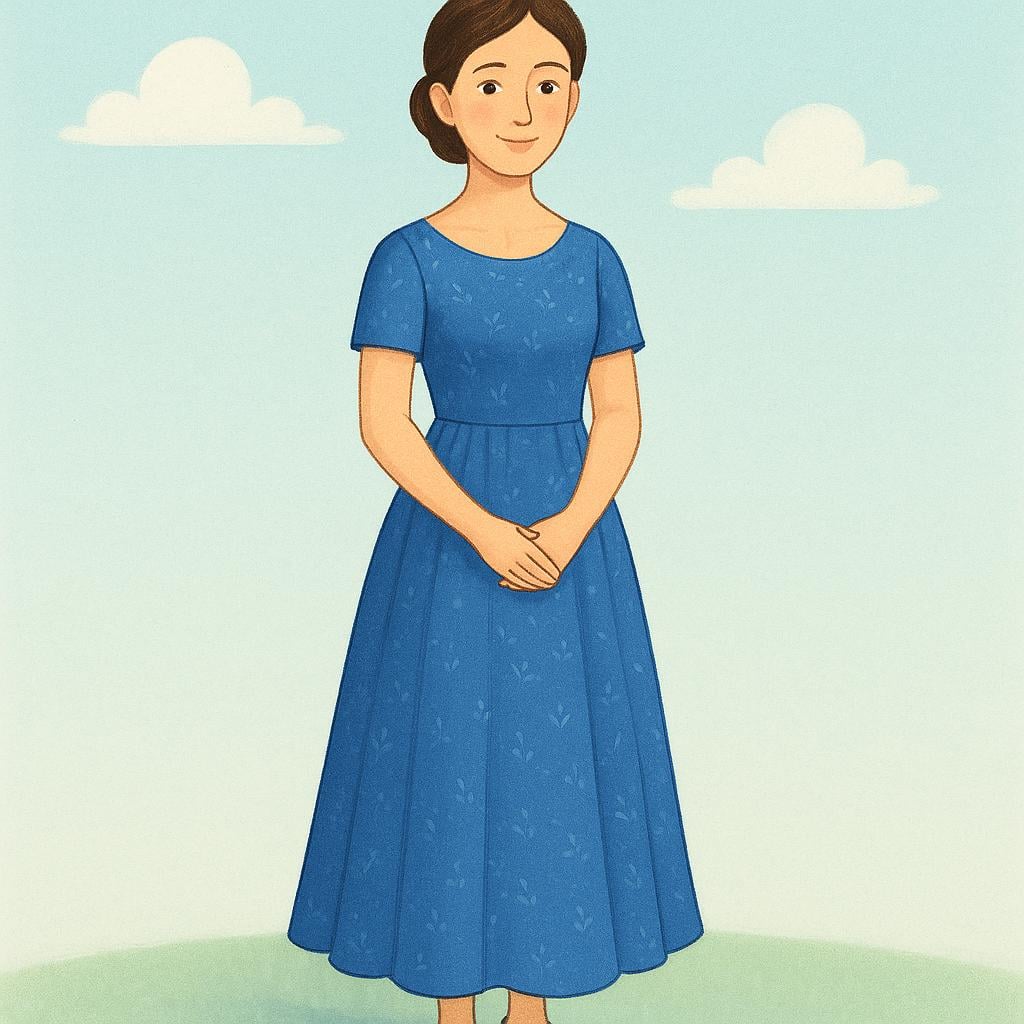dama
/DAH-mah/
lady

The term dama is often used as a polite reference to a woman or a lady.
dama(noun)
lady
?polite reference to a woman
gentlewoman
?formal or historical reference
,woman
?less common than 'mujer', often implying respect
📝 In Action
La joven dama esperó pacientemente en la entrada.
A2The young lady waited patiently at the entrance.
Mi abuela siempre fue considerada una gran dama de la sociedad.
B1My grandmother was always considered a great lady of society.
El mesero preguntó: "¿Qué desea la dama?"
A2The waiter asked, "What does the lady wish?"
💡 Grammar Points
Respectful Reference
'Dama' is often used to refer to a woman respectfully or formally, similar to how you might use 'lady' in English.
⭐ Usage Tips
Gender Consistency
Remember 'dama' is always feminine, so it uses 'la' and takes feminine adjectives (e.g., 'una dama elegante').

In chess, dama is the name for the Queen piece.
📝 In Action
La dama es la pieza más poderosa en el ajedrez.
B1The queen is the most powerful piece in chess.
Perdí la dama y tuve que rendirme.
B1I lost the queen and had to resign.
💡 Grammar Points
Game Terminology
Be careful: in chess, the Queen is 'la dama', but the King is 'el rey' (masculine), even though they are often a pair.

In the game of checkers or drafts, a promoted piece (often called a King in English) is known as dama.
📝 In Action
Mi ficha se convirtió en dama y ahora puedo moverme hacia atrás.
B2My piece became a king, and now I can move backward.
Para hacer una dama, tienes que llegar a la última fila del tablero.
C1To make a king (crowned piece), you have to reach the back row of the board.
💡 Grammar Points
Double Meaning in Games
Notice how 'dama' means 'Queen' in chess but 'King' (the promoted piece) in checkers. Context is everything when talking about board games!
✏️ Quick Practice
💡 Quick Quiz: dama
Question 1 of 2
Which Spanish term is the male equivalent of 'dama' (lady)?
📚 More Resources
Frequently Asked Questions
Is 'dama' more formal than 'mujer' or 'señora'?
'Dama' generally carries a nuance of higher respect, formality, or elegance than 'mujer' (woman), which is neutral. It's often interchangeable with 'señora' (madam/Mrs.) in very polite or formal contexts, but it's used less often in everyday street conversation.
Why is 'dama' the Queen in chess but the King in checkers?
This is a quirk of game translations. In both cases, 'dama' refers to the most powerful or promoted female piece. In chess, this is the Queen. In Spanish checkers, the promoted piece (often called a 'king' in English) is called 'dama' because historically, the games often used female-gendered terms for their most important pieces.